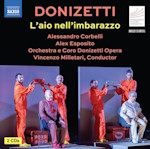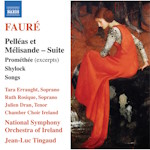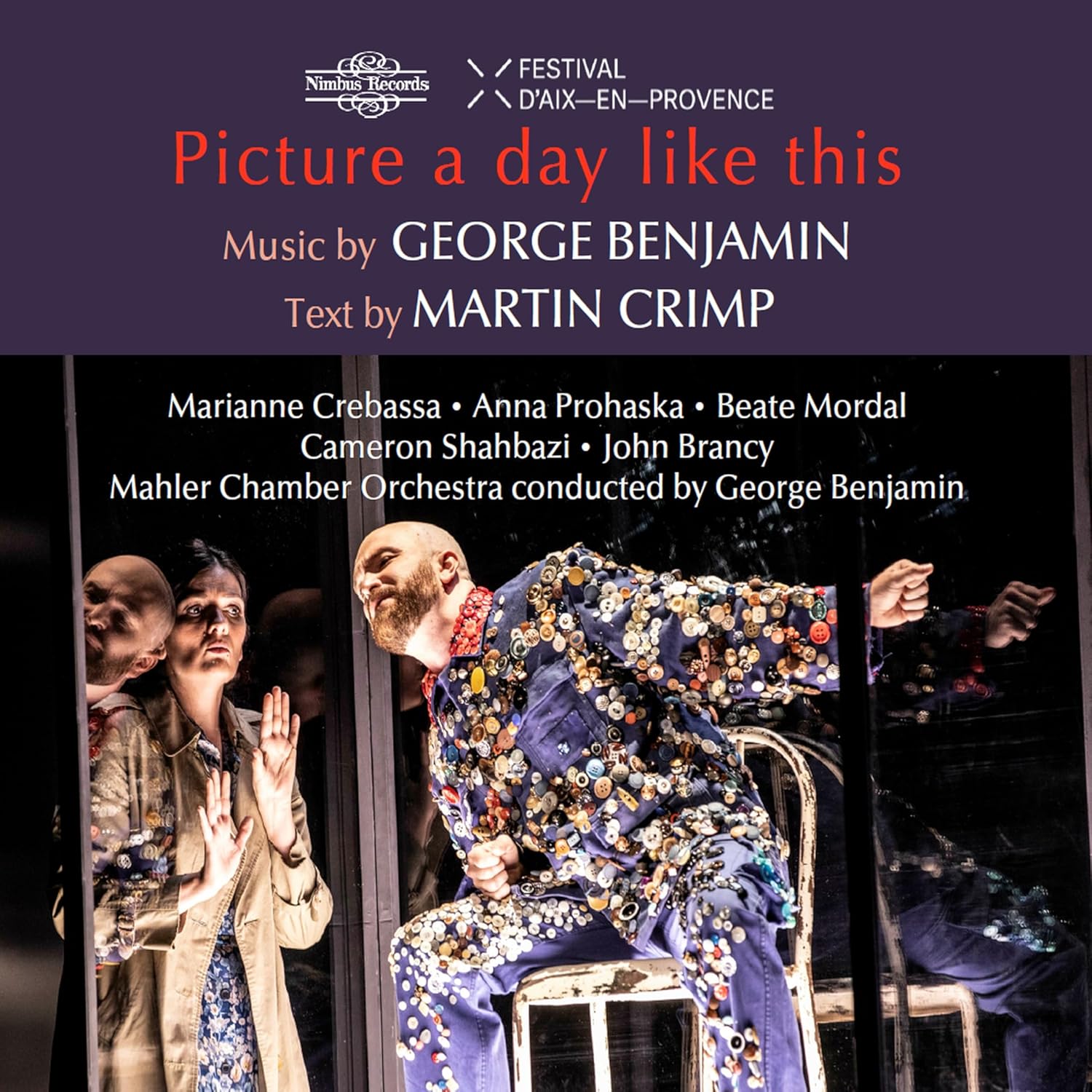
Ch’amor mi prese
Sacred and Secular Love in Medieval Italy
InTactvs
rec. 2024, Katekhon Studio, Mas de Flors, Castelò, Spain
Tactus TC300005 [54]
As Simona Gatto writes in the insightful booklet essay, perhaps the idea of another programme ‘of love in Italian music of the 14th Century might seem a bit overused’. Indeed. I remember, and so may you, the arrival in 1969 of David Munro’s LP Ecco la primavera (I believe on Decca Serenata). What a joy that exuberant record brought! Yet this disc, with songs of love sacred and secular, is well worth investigating.
What does one look for in a disc of medieval music? Well, I can tell you what I expect. I want singers with light but expressive timbres which blend and have a clear tonal focus and diction. Simona Gatto brings us this. If instrumentalists are included, and this is a slightly controversial area especially in sacred works, then they are to add colour and variety. The music should not be over-orchestrated so as to take interest away from the voice. To a certain extent, some of the arrangements here are overdone. Next, the recording should have a certain atmosphere, however you might interpret that. This one was made in a studio. There is no deadening of that wonderful vibrancy to be found in a church, say, but there is a delightful spaciousness and luminosity audible. And of course the performances should capture the repertoire in a way that seems appropriate and enjoyable to you, the listener at home. I am delighted to say that these do.
So, what do we hear? The opening track by the mannerist composer Matteo da Perugia is a complex instrumental canon. It also ends the disc, curiously played a whole tone higher, as a fade out. We have examples of songs to the Virgin which in the earlier 14th Century were normally ‘Lauda’. We also have standard forms of the period like the ‘Ballade’ about profane love. Of the former, the simple melodies mark them out. Cnsider Voi ch’amante lo criatore madre,in which the emphasis is on the pain felt by the Virgin when seeing her son die, and Con la madre del beato, which concerns Christ’s resurrection.
On the secular side, we can hear Landini’s famous Questa fanciull’ Amor (Love, make this girl compassionate for she has wounded my heart) and Amour m’a le cuer mis by Antonello da Caserta (Love has no mood for sadness this is surely well known), one of the most complex songs of the late 14th Century. There is an even earlier song, more in the troubadour tradition of the 13th Century, the very melancholic Dulce solum natalis patriae. It is farewell song by what Gatto describes as a ‘poet-joker’. It is performed with much freedom and sensitivity.
There is a colourful array of instruments. La Mafredina allows Miriam Encinas Laffitte an opportunity to improvise around the melody in a virtuoso manner before the estampie starts. Fine instrumental work can be heard elsewhere, too. For instance, in the dance called Parlamento the players let their hair down in a rather Middle-Eastern manner. (Ghironda is a hurdy-gurdy. The oud or l’oud was the Arab predecessor of the lute.)
The booklet has no texts. We are referred to the Tactus website but the texts there have not been translated. Even so, and despite the slightly short playing time by modern standards, I would happily recommend this disc. It uncovers some music that is little known, with much style and often with panache.
Gary Higginson
Buying this recording via a link below generates revenue for MWI, which helps the site remain free


Contents
Matteo da Perugia (d.1418)
Audray soulet au mielz que te pourai
Anonymous
Voi ch’amante lo criatore
Anonymous
Quando I oselli canta
Anonymous
Con la madre del beato
Anonymous
Dolce lo mio drudo
Anonymous
Parlamento
Antonello da Caserta (1355-1402)
Amour m’a le cuer mis
Anonymous / Lars Orre
Amor mi fa cantar a la Francescha/Polsk efter
Anonymous
La Manfredina
Anonymous
Che ti çova nasconder e bel volto
Anonymous
Dulce solum natalis patriae
Matteo da Perugia
Audray soulet au mielz que te pourai
Performers
Simona Gatto (voice, percussion)
Efrén López Sanz (citole, oud, ghironda, gothic harp, psaltery, percussion)
Miriam Encinas Laffitte (vielle, recorder, harp, psaltery, percussion)

















